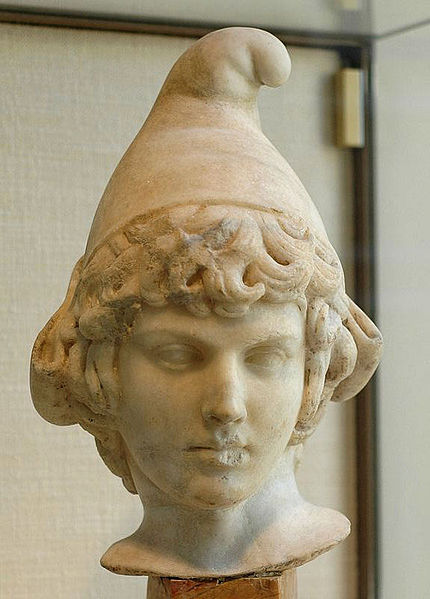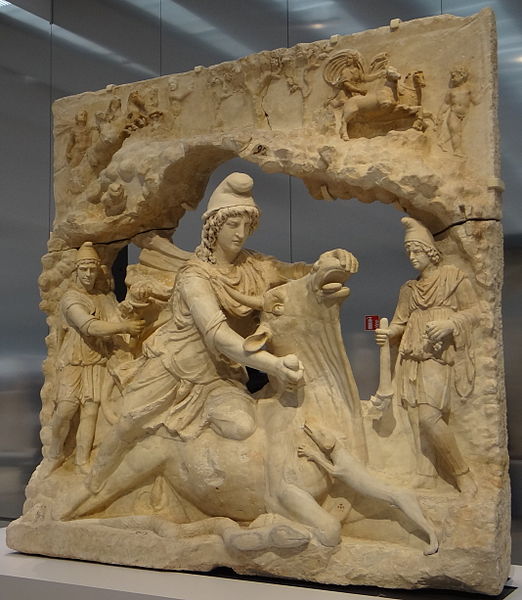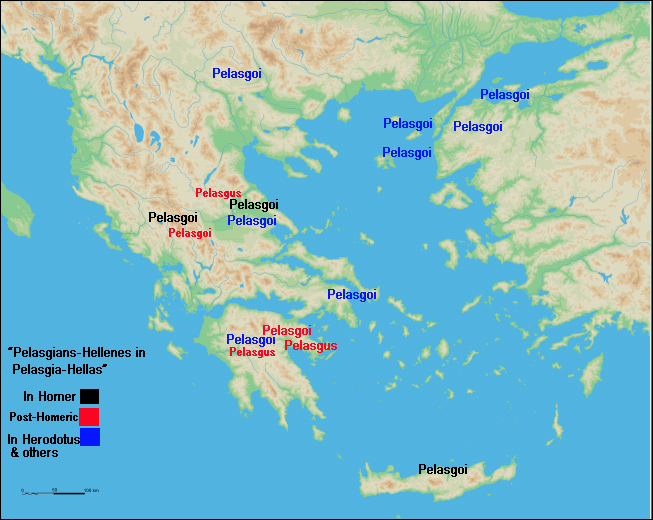RHAS
Elite member
- Messages
- 268
- Reaction score
- 22
- Points
- 0
(Comparing historical data with heatmap hotspots.)

Map Source: https://genographic.nationalgeographic.com/

Map Source: https://genographic.nationalgeographic.com/
Last edited:
Follow along with the video below to see how to install our site as a web app on your home screen.

Note: This feature currently requires accessing the site using the built-in Safari browser.













as for Emerita Augusta;
It was a veteran colony founded in 25 BC for veterans of LEG X Gemina and LEG V Alaudae;
as for Emerita Augusta;
Since it was Roman law that only Roman citizens were allowed to serve in the Legions and by 25 BC only the City of Rome, Italic tribes (Social War) and Gallia Cisalpina (Caesar) held Roman Citizenship those Veteran Legionaries were exclusively Italic/Pelasgian (Umbrian/Etruscan) from Roman Italy
as for Emerita Augusta;
those Veteran Legionaries were exclusively Italic/Pelasgian (Umbrian/Etruscan) from Roman Italy; And therefor largely J2a and not J2b; Plus R1b-U152 and G2a;


This thread has been viewed 30883 times.
